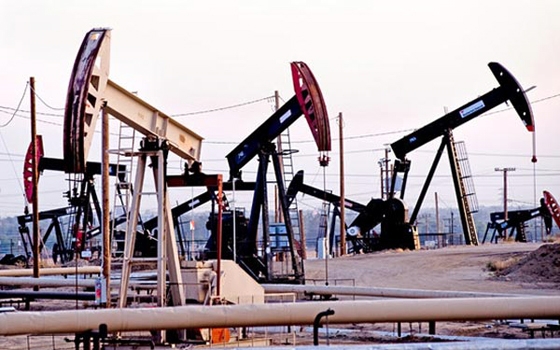As Oman looks to tap further into its maturing fields, enhanced oil recovery (EOR) techniques the country has been instrumental in pioneering are playing an increasingly central role. Ensuring steady-to-rising output levels in the hydrocarbons sector will help insulate the Sultanate from the effects of any sustained decline in global oil prices.
According to a report issued by Petroleum Development Oman (PDO) in mid-October, EOR techniques are expected to account for 16% of its output by 2016, up from 3% today, and rising to 27% by 2021. PDO, which is 60% owned by the state, with the balance of shares held by Shell (34%), Compagnie Française des Pétroles (4%) and Partex (2%), is responsible for around 70% of oil production.
While Oman does not have a shortage of oil, with estimated reserves in excess of 5bn barrels, not all of this is easily retrieved, and EOR technology is necessary to ensure the maximum benefit is derived from the Sultanate’s resources. For this reason, Oman was one of the first Gulf states to embrace EOR.
Extending production life in ageing fields
The past decade has witnessed a slowing in the flow of oil, partly due to a maturing of some key fields. By 2008, production had fallen to around 700,000 barrels per day (bpd), down from a peak of some 950,000 bpd eight years before. With the increased deployment of EOR technologies, along with the opening up of new fields, output is again around the highs of the beginning of the century, and fields that have been in operation for up to 40 years have had their productive lifespan extended. In September, total production was just over 28.7m barrels, equivalent to around 957,000 bpd, slightly up on the previous month but roughly in line with the 2013 average.
The importance of ensuring a steady flow of oil was underscored by data issued by the National Centre for Statistics and Information (NCSI) in late October, which showed a 91% fall in the fiscal surplus, from OR2633.3m ($6.8bn) to OR234.5m ($607.4m), for the first eight months of the year. The decline was primarily due to a 25% jump in expenditures, which hit OR9069.6m ($23.5bn), but revenues were down 6% as the average price of Omani crude declined from $110 to $105. While the longer-term goal is to boost non-oil earnings, in the more immediate future, increasing output is one way the government can limit its exposure to fluctuations in global oil prices.
Range of technology being tried
In August PDO announced it was trying six different EOR technologies, seeking to determine the best mix of processes to maximize production. Raoul Restucci, PDO’s managing director, said both new and proven EOR technologies were being tested for their suitability in Omani conditions.
Among the EOR technology being deployed or tested is a thermally assisted gas oil gravity drainage recovery mechanism in use at PDO’s fields at Qarn Alam, while at Harweel a miscible gas injection system is in operation, along with steam injection and polymer flooding.
The Sultanate is also looking to utilize solar power, rather than gas, to fuel some of its extraction processes, a measure being tested with an eye to preserving gas reserves for commercial purposes. By utilizing solar energy, PDO expects to save up to 80% on gas usage in the thermal EOR process.
Oman’s push to make further use of EOR means technology suppliers will have a growing market, especially as PDO looks to achieve more than one-quarter of all production by such methods. With Oman needing to maintain output at present levels for the foreseeable future to meet its spending requirements and underpin its economic diversification program, developing EOR’s role will be an important part of the process.
Oxford Business Group
17 November

























































